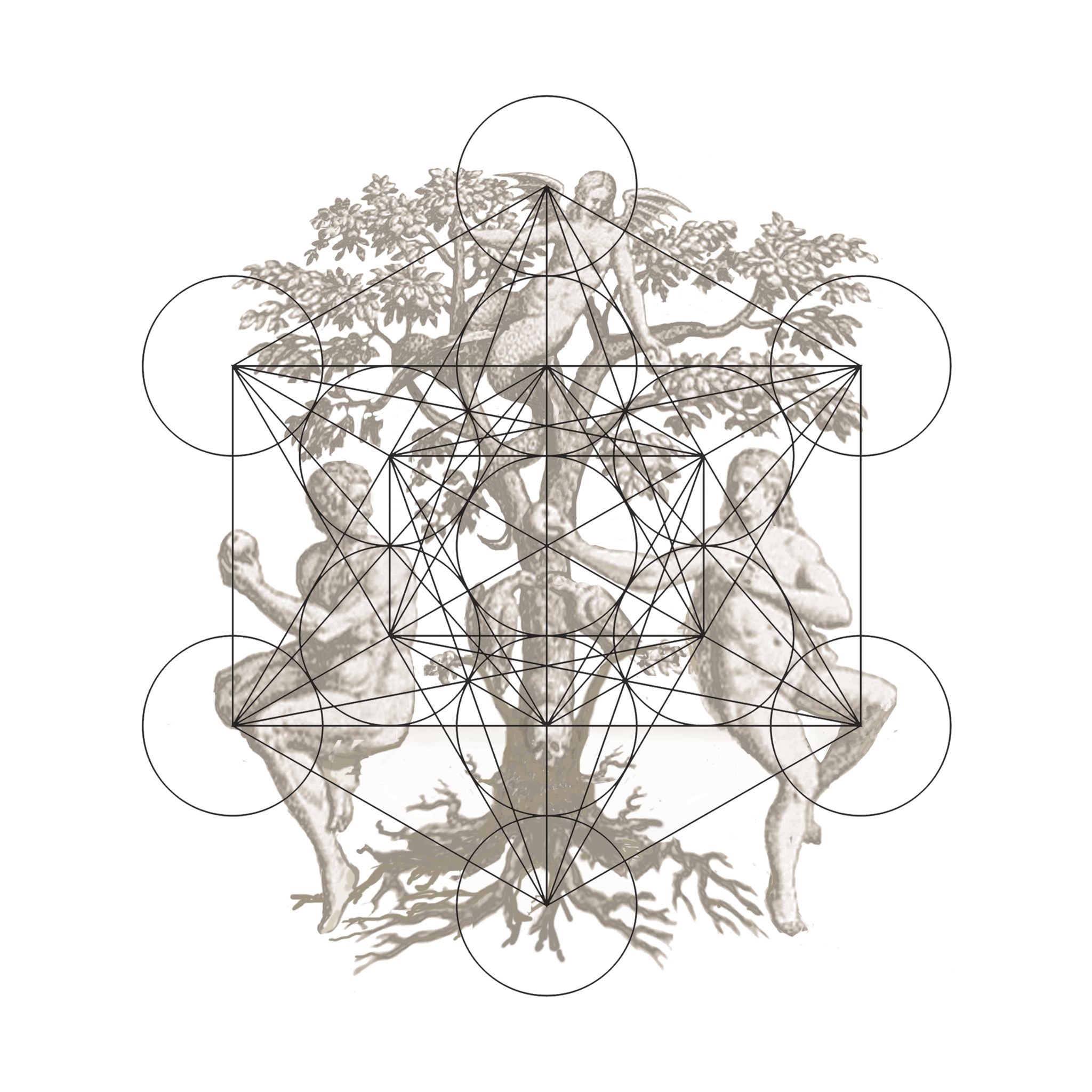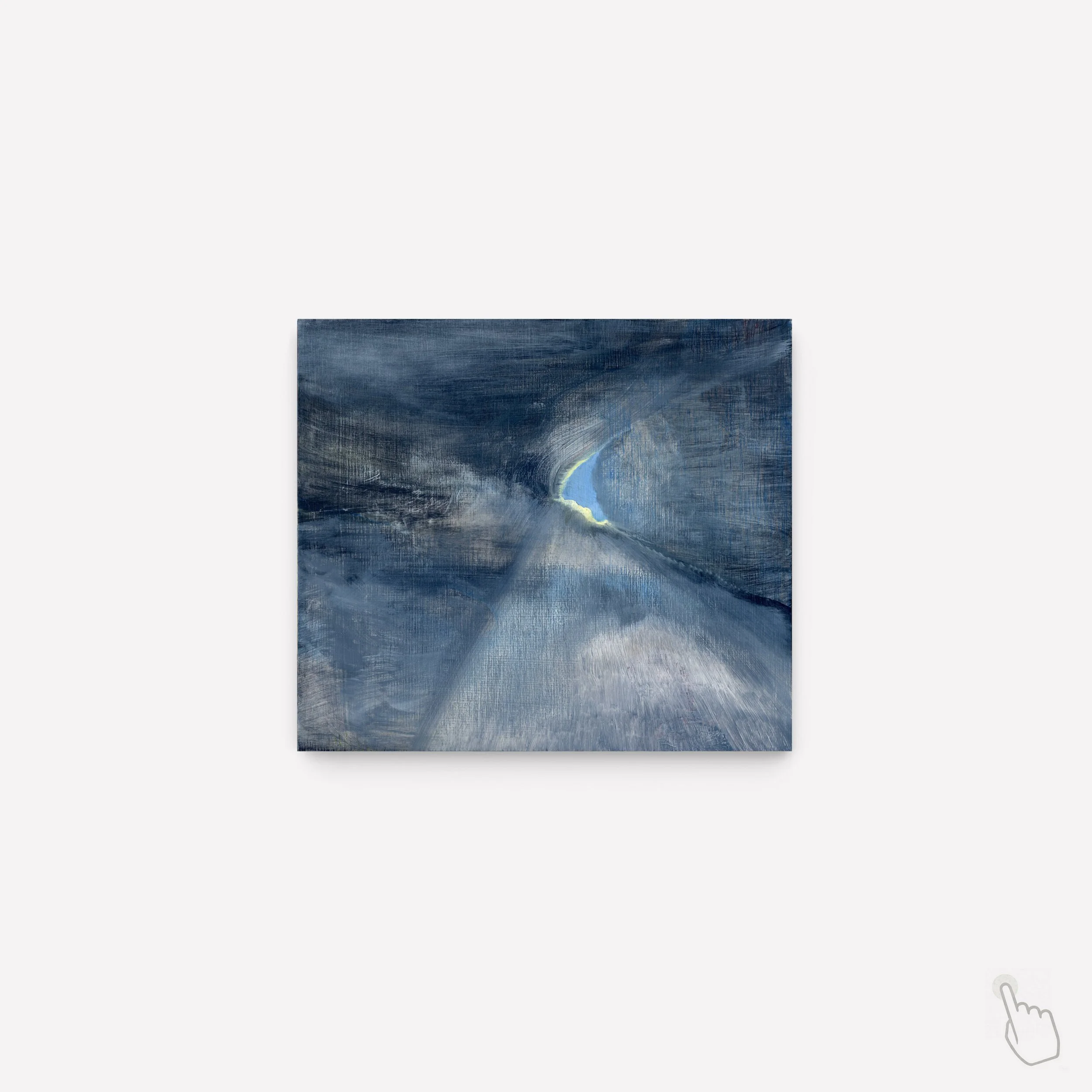
EXHIBITION DATES : In person and online from 23/5 – 12/7
INTRODUCTION :
Drawing, for Treherne, is a way of being in the present. It is how she gathers up the world around her, as a kind of hearing carried out with the hand. Observation, part noticing, part feeling born from moments of encounter: prosaic, but charged - real, but transformed. Dorothy Wordsworth wrote in her journal of 1802 “I never saw daffodils so beautiful, they looked as if they really enjoyed the wind that blew them.” This simple observation perhaps distils something of Treherne’s practice. ...”
Read more/less
These works may begin in the everyday, but they do not stay bound to it. Through deduced and intuitive making, the image begins to shimmer with something more: memory, longing and love. It is at this threshold, where attention deepens into emotion, that the work finds its magic. As William Wordsworth wrote in ‘Ode: Intimations of Immortality’, “Though nothing can bring back the hour / Of splendour in the grass, of glory in the flower; / We will grieve not, rather find / Strength in what remains behind.”
Each painting holds a moment mid-motion: a shifting shaft of light on water, a figure turning away, the air experiencing a change in weather. Not as an arranged scene, but as a lived response. Elemental forces pass through them—wind, sea, cloud, dusk. Nothing is static. Even the ground moves. Light in her work does not simply illuminate—it shifts, pulses, then lingers. In this, her approach recalls Vincent Van Gogh, who wrote in a letter to his brother Theo, “There is a sun, a light, that we must paint as if we have it within us.”
Her figures, often small, nearly spectral, are less subjects than participants within the field of vision. Not offering a rigid clarity, but an ephemerality of feeling: a sense of proximity to something beyond, but within grasp, in that sense, sublime. Like Cézanne, who sought to “realise” the motif through repeated seeing, Treherne lets her images become. Her touch is not illustrative, but perceptual. Forms shift slightly as though memory were returning to them in a form that is both transcendent yet participatory.
This movement - the sense that all things are in motion - is not only visual; it is philosophical. As Rainer Maria Rilke observed in ‘The Book of Hours’, “Let everything happen to you: beauty and terror. Just keep going. No feeling is final.” Treherne’s paintings ask us to live through their surfaces—to inhabit the weather of feeling and form, to allow seeing itself to be an act of presence and absence, of lost and found. In her work, looking becomes a form of ethical relation. As John Berger wrote, “What makes the act of painting extraordinary is that it is an act of love… The way you look at anything is the result of the way you have looked at everything.” This is what Treherne enacts: an accumulated gaze, sharpened by care and patience, where attention is never neutral, but charged.
These are paintings very much of, and for, now. They arise from a contemporary urgency: to slowdown, to notice, to resist abstraction not through representation, but through care. In a time when speed flattens depth, Treherne’s work insists on noticing. It shows us how to attend—to a field, a shadow, a figure—and in that attention, to remember what it means to be porous, to feel, and to belong.
As Virginia Woolf writes in ‘Sketch of the Past’, “The past only comes back when the present runs so smoothly that it is like the sliding surface of a deep river.” So too do the landscapes we carry with us, along with our rooms of light and memory and the weather of feeling we hold within. Treherne paints these not as interiors or exteriors, but as places where perception and emotion meet. What results is not simply beautiful. It is intimate. It is known. It connects. It is love.
These works do not assert. They invite. They remind us that to be alive is to be in motion—and that motion, when truly seen, becomes something close to grace.
Joseph Clarke, 2025
ONLINE CATALOGUE :
“How often, where the wave
Pours its long sound along the lonely shore,
I’ve paused, and with the breathing of the wind
And with the murmur of the distant sea,
Mixed my own thoughts...”
EXHIBITION ARTWORKS (CLICK FOR FULL DETAILS :
EXHIBITION INSTALL IMAGES :
BIOGRAPHY :
Agnes Treherne lives and works in East Sussex, UK. She is a graduate from the Royal Drawing School (2019-2021), and previously studied Fine Art and History of Art at the University of Edinburgh (2005-2010). Drawing from life underpins her painting and printmaking – her drawings are a response to the transcendent nature of the world. ‘With the Breathing of the Wind’ is Treherne’s debut solo exhibition at Anima Mundi. She is represented by Anima Mundi and has exhibited her work internationally.


















































